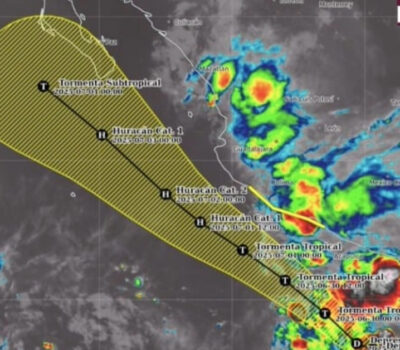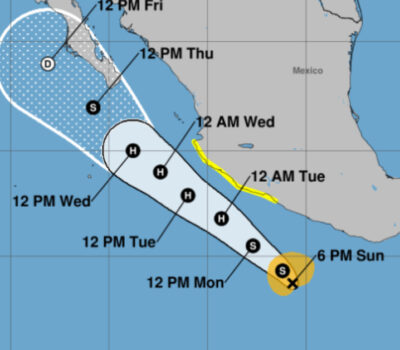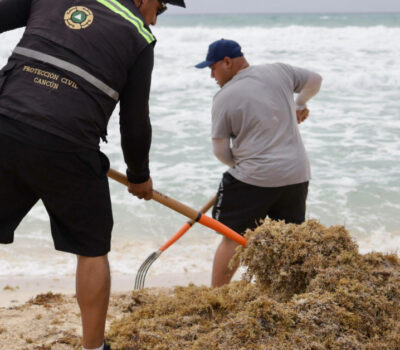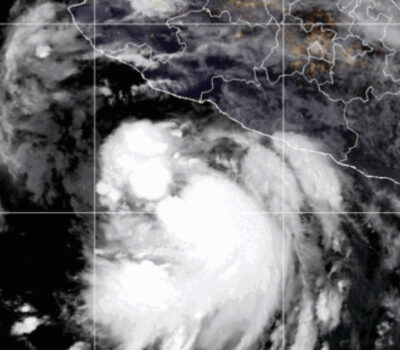Puerto Vallarta, Mexico – In a groundbreaking move, Google Translate has expanded its language offerings to include several indigenous languages and dialects from Mexico. This significant update, which incorporates over 100 new languages and dialects, aims to bridge communication gaps and promote linguistic diversity across the globe.
Among the newly added languages are Nahuatl, Maya, and Zapotec, which are spoken by indigenous communities throughout Mexico. The addition of these languages to Google Translate is a notable step in recognizing and preserving the rich cultural heritage of these communities.
Breaking Language Barriers
The inclusion of these indigenous languages is part of a broader update that has added 110 different dialects to the Google Translate application. According to a statement from Google, these new languages represent over 614 million speakers worldwide. This initiative underscores Google’s commitment to making its translation services more inclusive and accessible to a wider audience.
The new languages and dialects incorporated into Google Translate extend beyond Mexico. The update includes Cantonese, one of the most requested languages, as well as numerous dialects from Africa and other regions. Languages spoken in Ethiopia, such as Afar, as well as Punjabi from Pakistan and Tok Pisin from New Guinea, have also been added.
Supporting Latin American Speakers
Latin American speakers will find several new additions to Google Translate that cater to their linguistic needs. Among these are K’iche’ and Ta Yol Mam, spoken in Guatemala and Mexico, as well as Q’eqchi’ from Mexico and Belize. Additionally, Hunsrik from Brazil is now available on the platform.
For speakers of Nahuatl, Maya, and Zapotec, this update is particularly meaningful. These languages, deeply rooted in the history and culture of Mexico, can now be used in digital communication, helping to preserve them for future generations.
Implementation and Future Plans
The new updates to Google Translate will be available starting Thursday, June 27. However, users should note that the full implementation may take some time, with all features expected to be fully operational by July 7.
Google’s selection process for the new dialects involved identifying the most commonly used varieties of each language. Recognizing the complexity and diversity of languages, Google Translate has taken steps to accommodate different spelling rules and word usage. This effort acknowledges that many languages do not have a single standard, making it challenging to choose a universally correct variety.
Despite these challenges, Google remains committed to enhancing its translation services. The company has pledged to continue working with expert linguists and native speakers to incorporate more linguistic varieties and spelling conventions into Google Translate.
A Step Towards Greater Inclusivity
The addition of indigenous languages from Mexico to Google Translate is a significant milestone in promoting linguistic diversity and inclusivity. By breaking down language barriers, Google is enabling more people to connect and communicate, regardless of the languages they speak.
This initiative not only benefits speakers of indigenous languages but also raises awareness of these languages among a global audience. As technology continues to evolve, such efforts highlight the importance of preserving linguistic heritage and fostering greater understanding and appreciation of cultural diversity.
Google Translate’s latest update marks an important step in recognizing and preserving the linguistic diversity of Mexico and beyond. With the inclusion of Nahuatl, Maya, Zapotec, and other indigenous languages, Google is making its translation services more accessible and inclusive. This initiative is a testament to the company’s ongoing commitment to breaking down language barriers and promoting cultural understanding.
As the world becomes increasingly interconnected, the ability to communicate across languages and cultures is more important than ever. Google’s efforts to expand its language offerings reflect a broader trend towards greater inclusivity and recognition of the rich tapestry of human languages.
Puerto Vallarta, Mexico - In a groundbreaking move, Google Translate has expanded its language offerings to include several indigenous languages and dialects from Mexico. This significant update, which incorporates over 100 new languages and dialects, aims to bridge communication gaps and promote linguistic diversity across the globe.












